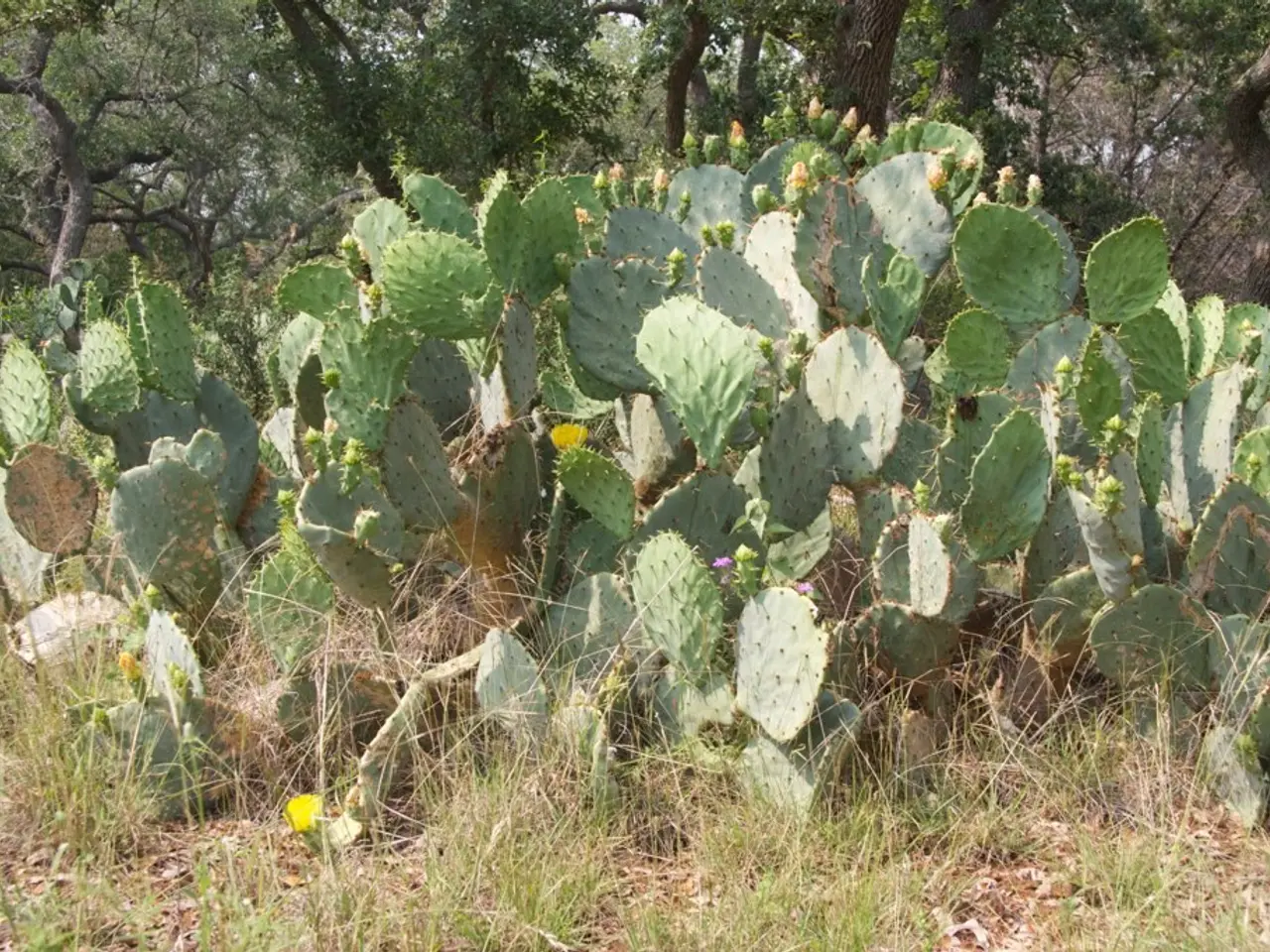The Timeless Wonders of Elm Tree Seeds: A Nature-Given Riches
In the United States, enthusiasts and environmentalists alike are taking steps to preserve and propagate the iconic elm tree. These majestic trees, known for their resilience, beauty, and enduring connection with nature, can be successfully cultivated from seeds following a few key steps.
First, it's essential to collect seeds in the fall or purchase them from reputable sources. Elm seeds require a cold-moist treatment, known as stratification, to break dormancy. To achieve this, place the seeds in a moist medium like peat moss inside a sealed bag and refrigerate for several weeks before planting.
Once the seeds are ready, they can be planted outside after the last frost or started indoors several weeks before the last frost date in your area. Elms prefer well-drained, fertile soil and thrive in full sun to partial shade. Sow the seeds shallowly, covering them lightly with soil.
Elms thrive in USDA hardiness zones 3 through 9. They prefer well-drained soil with moderate moisture and tolerate a range of soil types. Young elm trees need regular watering weekly during dry spells, while mature trees require water mainly during droughts. Mulching around the base can help retain moisture and suppress weeds.
For disease-resistant elm varieties, propagation is often done by cloning from cuttings rather than seed because Dutch elm disease resistance does not reliably pass through seeds. Researchers collect cuttings from survivor trees and propagate clones in greenhouses before field planting.
When planting elm tree seeds, it's crucial to mimic their natural environment as closely as possible by sowing them in well-drained soil, providing ample sunlight and water, and stratifying them (exposing them to a period of cold, moist conditions) to enhance germination rates and promote healthy seedling development.
Elm seeds vary in size and shape depending on the species. These trees support diverse ecosystems, providing habitat and sustenance for various wildlife species. By harnessing the potential of elm tree seeds, enthusiasts across the US can contribute to the preservation of these iconic trees and the ecosystems they support.
Local partnerships with environmental organizations and municipal authorities can facilitate tree planting campaigns aimed at reintroducing elm trees to their native habitats. These efforts have been successful in areas like Minnesota, where resistant clones are propagated and tested before wider planting to ensure resilience against diseases like Dutch elm disease.
Cultivating elm tree seeds involves collecting mature seeds from existing elm trees during the autumn months, cleaning them of debris, and storing them in a cool, dry location until ready for planting. Hands-on activities such as seed collection, propagation, and tree planting can inspire future generations to become stewards of the environment.
Educational institutions and botanical gardens can utilize elm tree seeds as teaching tools to foster a deeper appreciation for the natural world and tree conservation. Local communities can use elm tree seeds to restore urban green spaces and combat the effects of deforestation and urbanization.
In conclusion, by providing appropriate cold stratification, suitable planting times and conditions, and regular care, elm seeds can be successfully cultivated and propagated in the U.S. As stewards of the land, it is our responsibility to preserve and propagate elm trees for future generations to enjoy.
When caring for elm tree seeds, it's essential to mimic their natural environment by sowing them in well-drained soil and providing ample sunlight, water, and the cold-moist treatment known as stratification to promote healthy growth. To support the conservation of diverse ecosystems, enthusiasts can participate in local tree planting campaigns, collaborate with environmental organizations, and restoration projects in urban green spaces using elm tree seeds.



